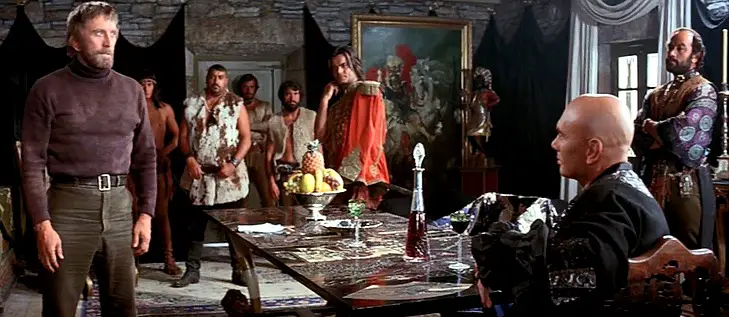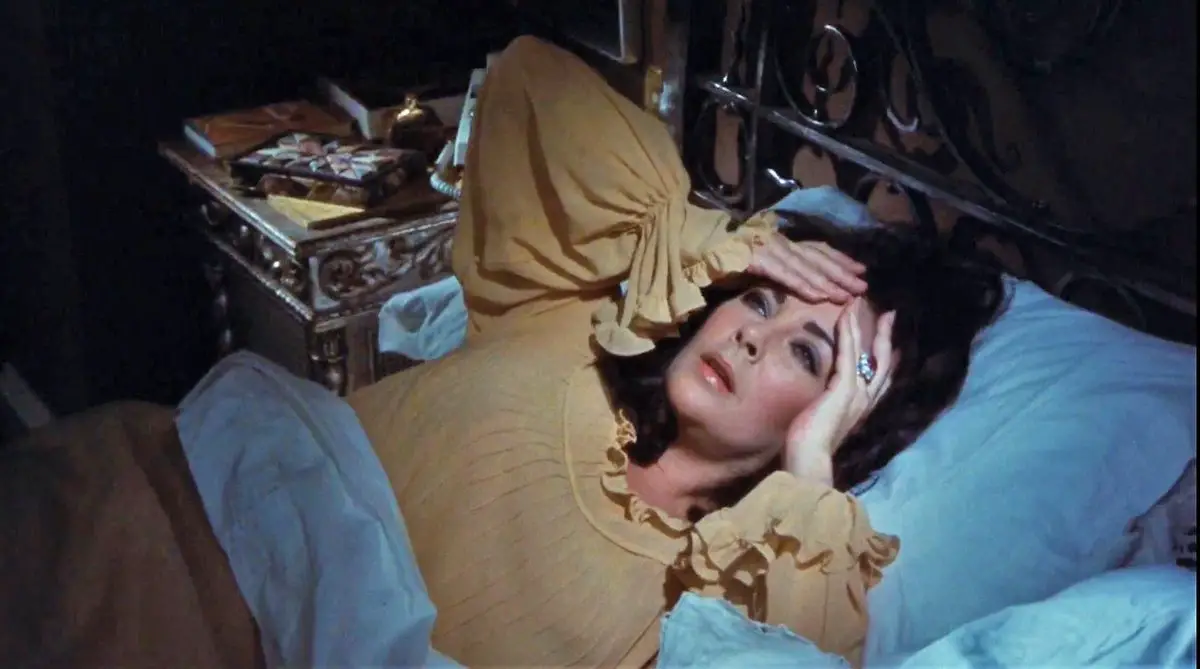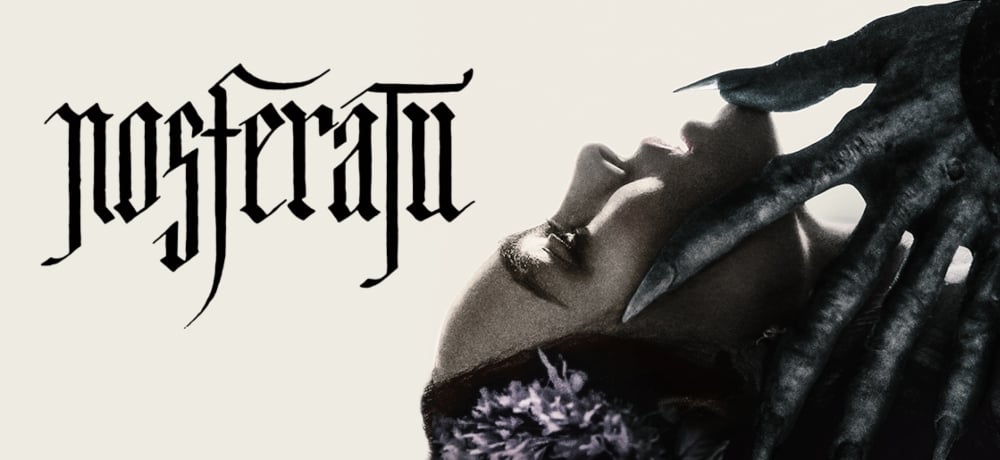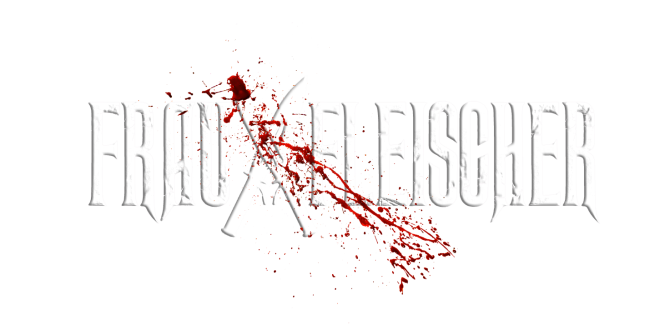Nine Chilling ‘60s and ‘70s films You Might Have Missed
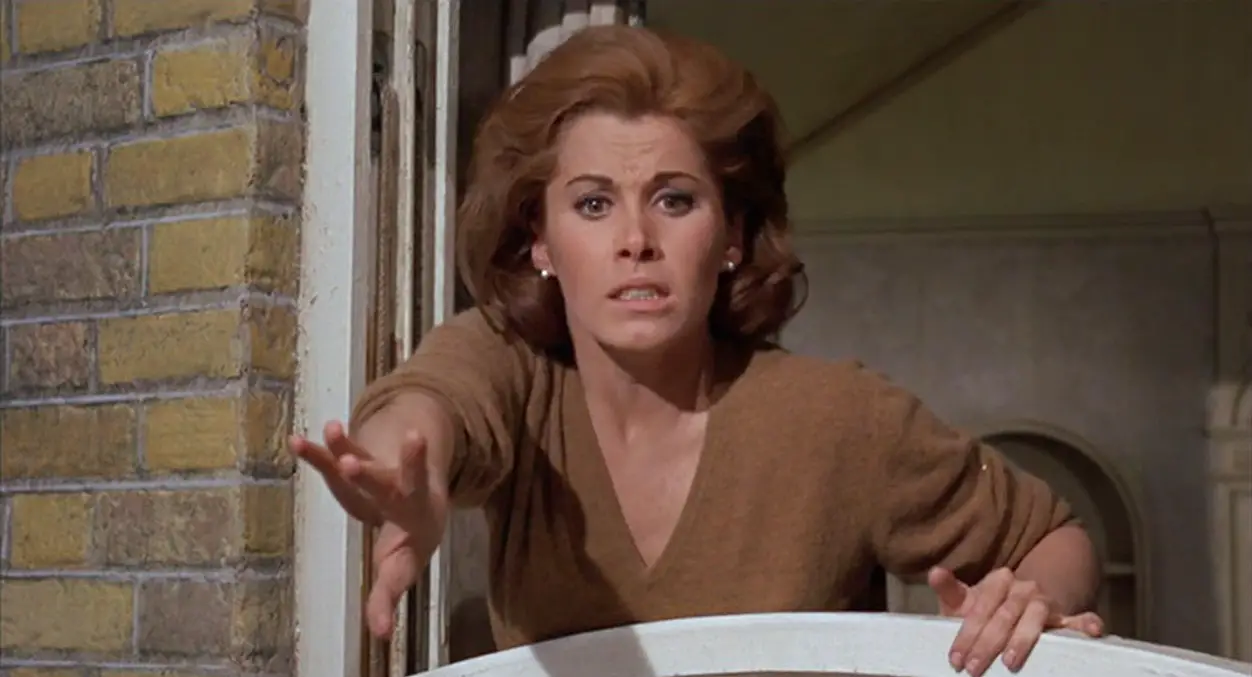
The language and pace of film have changed, but many older pictures still offer chills and dark entertainmen that’s mixed with visual storytelling and cinematic flourishes of the ’60s and ’70s. That often means immersive excursions into the worlds of these stories. Inspired in part by the Gothic craze of the time, many flicks are populated by unreliable narrators and sprinkled with twists and surprises that pay off by the time the credits roll. Watch out for a psycho biddy or two also. The films below offer a good taste of what mid-century films can still deliver.
The Light at the Edge of the World (1971)
First of all, there’s the mashup between Kirk Douglas as a lighthouse keeper and Yul Brynner as a pirate. Brutal shocks are in store as well. Brynner is vicious beyond the film’s parental guidance rating of the time, and the storyline charts a course that’s not always what’s expected. It’s all set on rocky island near Cape Horn, though filmed in Spain. When Brynner’s men seize the spot to lure in unsuspecting ships for pillage, a battle of wits unfolds with Douglas out to elude and survive above all. Samatha Eggar is a shipwreck survivor with secrets and motivations of her own. Fabulous cinematography, shocks, and building tensions make this interesting. You’ll never believe it’s based on a Jules Verne novel.

Night Watch (1973)
When first released, The New York Times labeled this one suspenseful and noted the “hair-raising stalk” at its climax. Contemporary viewers might find the pace reflects its era, but this tale presents quite a central quandary. Was there a murder in the house next door to socialite Elizabeth Taylor’s home, or is she hallucinating? Based on a hit Broadway play, the film moves the tale to England, and there’s an overall Hammer Films-of-the-sixties look and feel. With the pace in mind, it’s worth a look for atmosphere, twists and Taylor’s performance in a turn of pace for her.
Fear in the Night (1972)
In a similar vein to Night Watch, this actual Hammer release offers Judy Geeson as a disturbed young woman who is menaced around her home at a boy’s school where her husband works. Shadowy and suspenseful, this one plays another game of: Is she hallucinating? The questions and surprises keep building until some answers come through. But are we ever really sure what’s real?
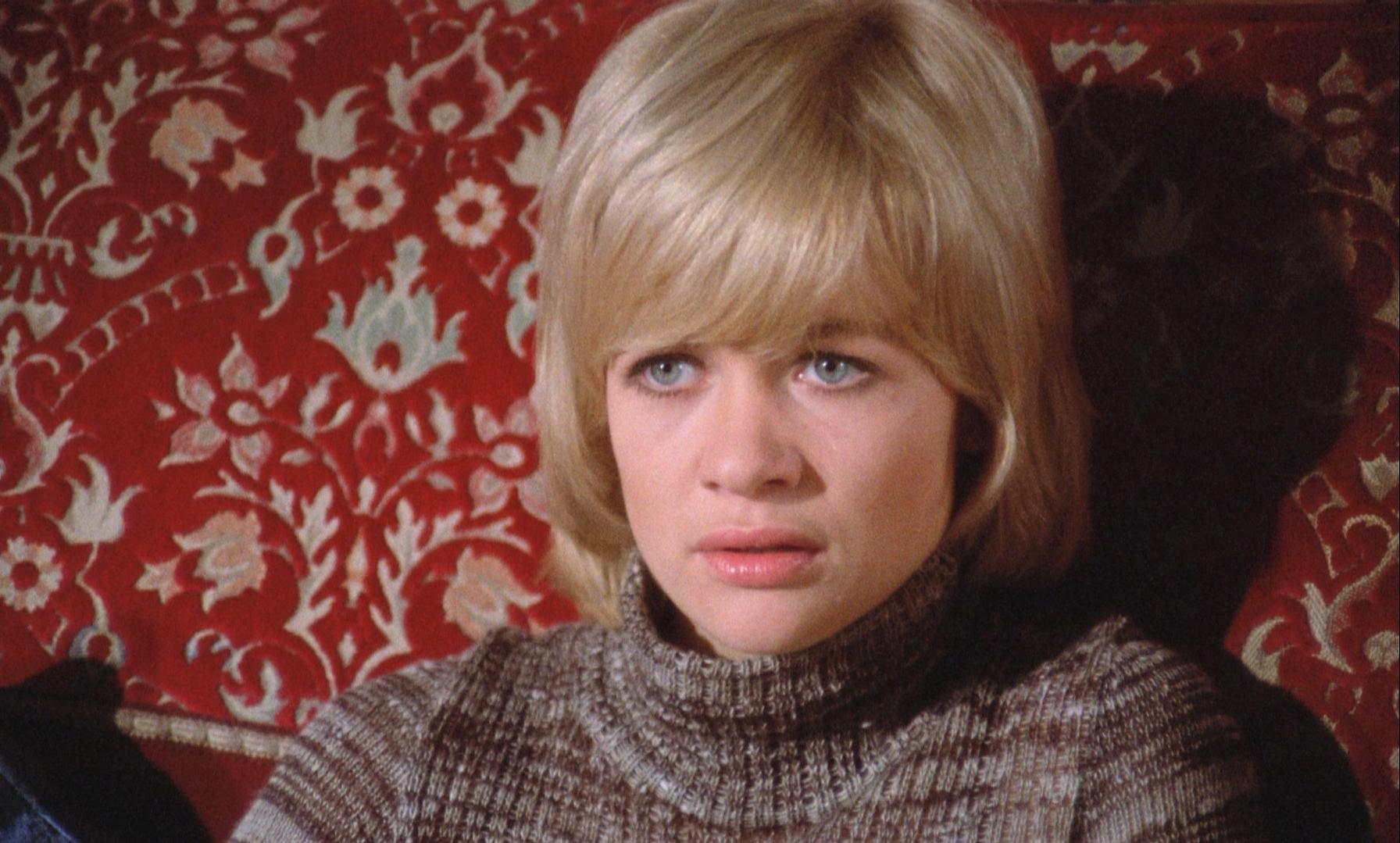
Torture Garden (1967)
For something different that still stays true to the look and feel of the era, here’s one of many anthology films from Britain’s Amicus Productions (known for similarities to Hammer Films). This one features American stars including Jack Palance and Burgess Meredith, along with Amicus and Hammer perennial Peter Cushing. Like many Amicus anthologies, Psycho novelist Robert Bloch is the screenwriter, drawing on his many short story credits for interlocking tales. The framing device here is a standout, a side show featuring a swath of historic torture devices. Meredith’s on hand to tell the story behind various exhibits, and there are surprises including one big one (sort of) about his identity. The stand-out of this piece is the adaptation of “The Man Who Collected Poe” with Palance, focusing on a literary collector who encounters the ultimate aficionado of Edgar Allan Poe.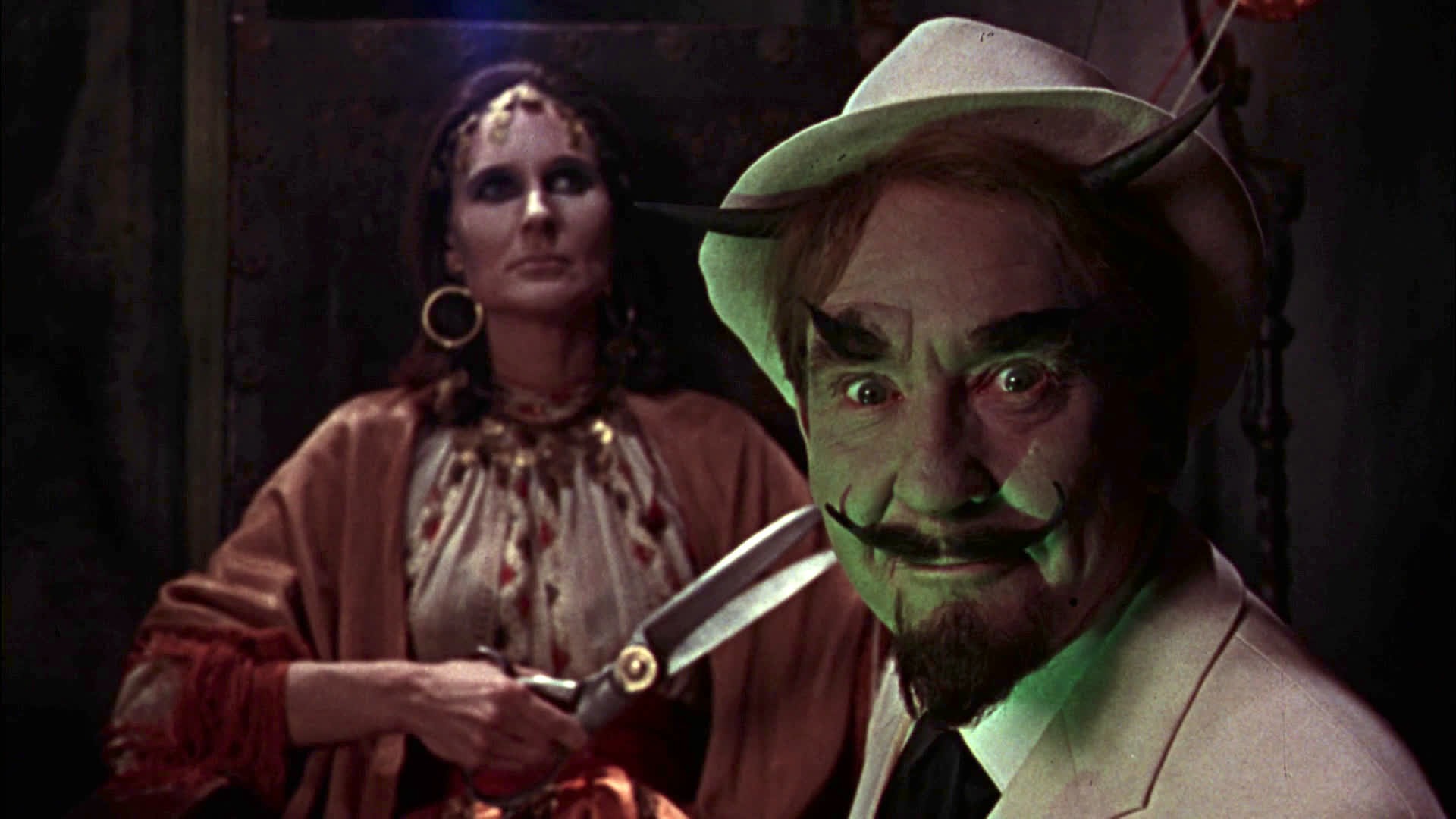
Die! Die! My Darling (1965)
It’s Stephanie Powers vs. Tallulah Bankhead. Powers (Hart to Hart) is a young bride-to-be who stops by the spooky mansion of her late fiancé’s mom (Bankhead), a religious fanatic. Mom traps and terrorizes her with religious zeal, using servants, including the great character actor Peter Vaughan. Gothic-flavored and intense from Hammer.
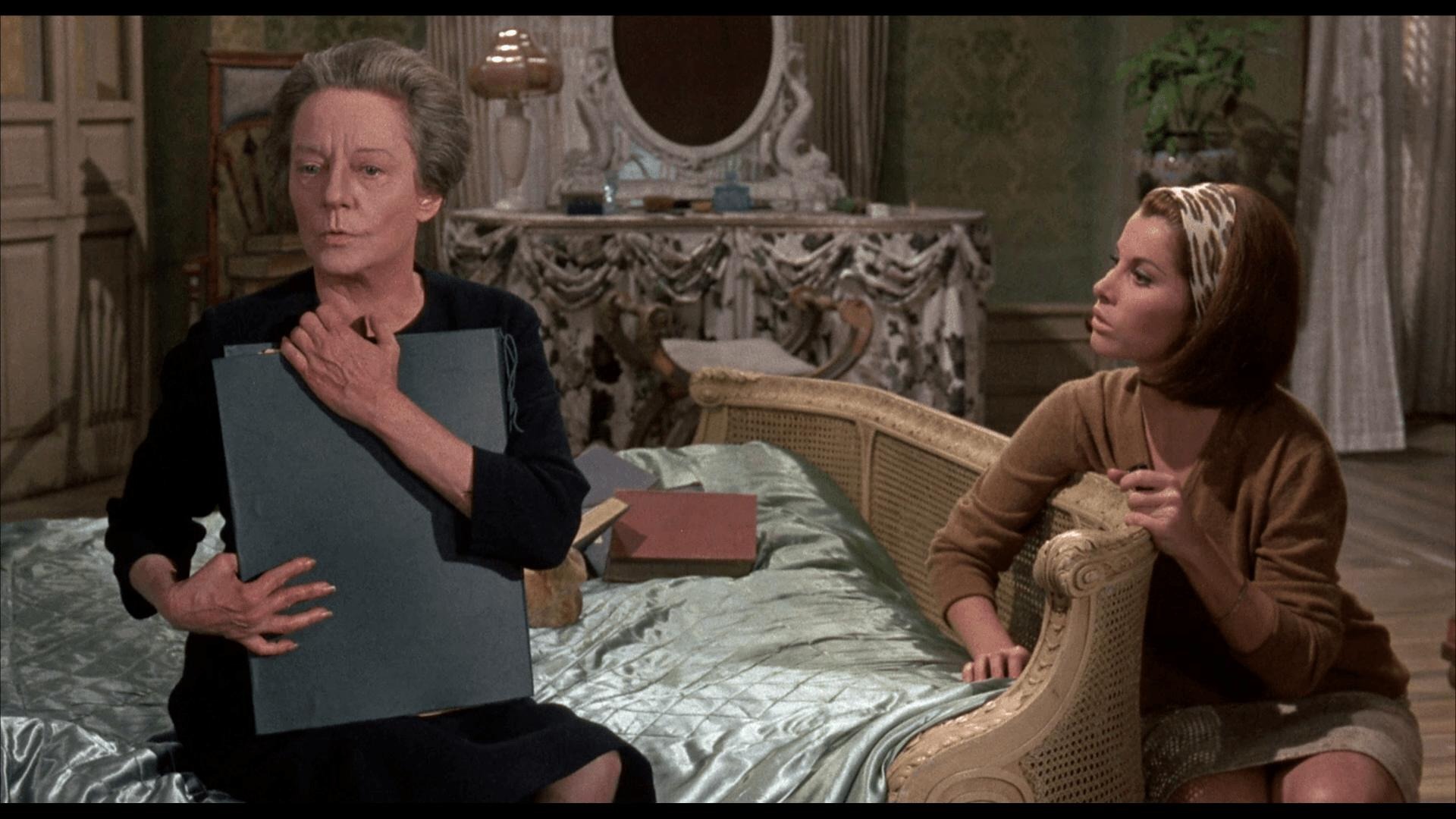
Endless Night (1972)
A dark, building psychological thriller with Disney star Hayley Mills in a more mature role. She’s a young heiress in this tale based on an Agatha Christie novel. She marries working class Hywel Bennett, and they begin construction on a modern mansion on land that may be cursed. Ghostly apparitions and marital tension raise the stakes, keeping viewers guessing about what’s really going on as the tale unfolds.
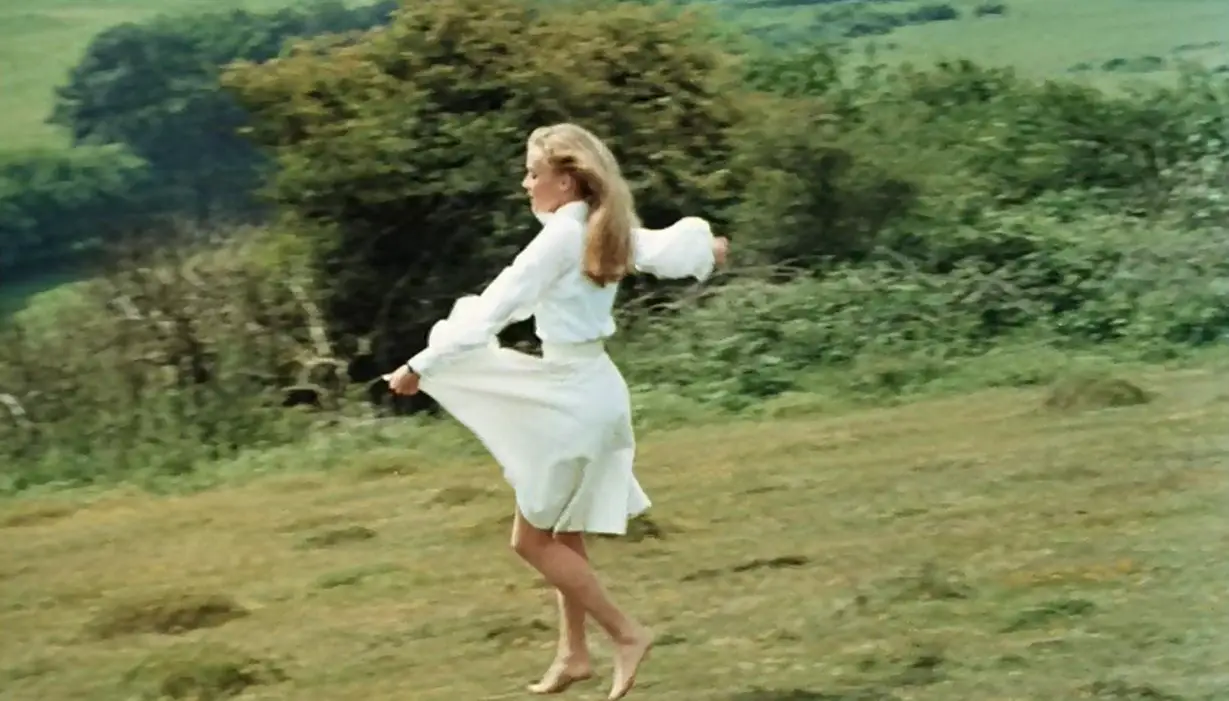
You’ll Like My Mother (1972)
Inspired by an Edgar winning novel by Naomi A. Hintze, this one gives us Patty Duke as the pregnant widow of a Vietnam veteran. She goes to visit her mother-in-law at an old Gothic mansion. It’s looking like that’s always a bad idea. A blizzard replaces the book’s floodwaters to lock Patty into the location and struggles with the overbearing Rosemary Murphy and the deceased husband’s brother. It’s Richard Thomas in a dark, creepy turn. Yeah, there’s a twist, and the snowy surroundings add a different backdrop for unique atmosphere.
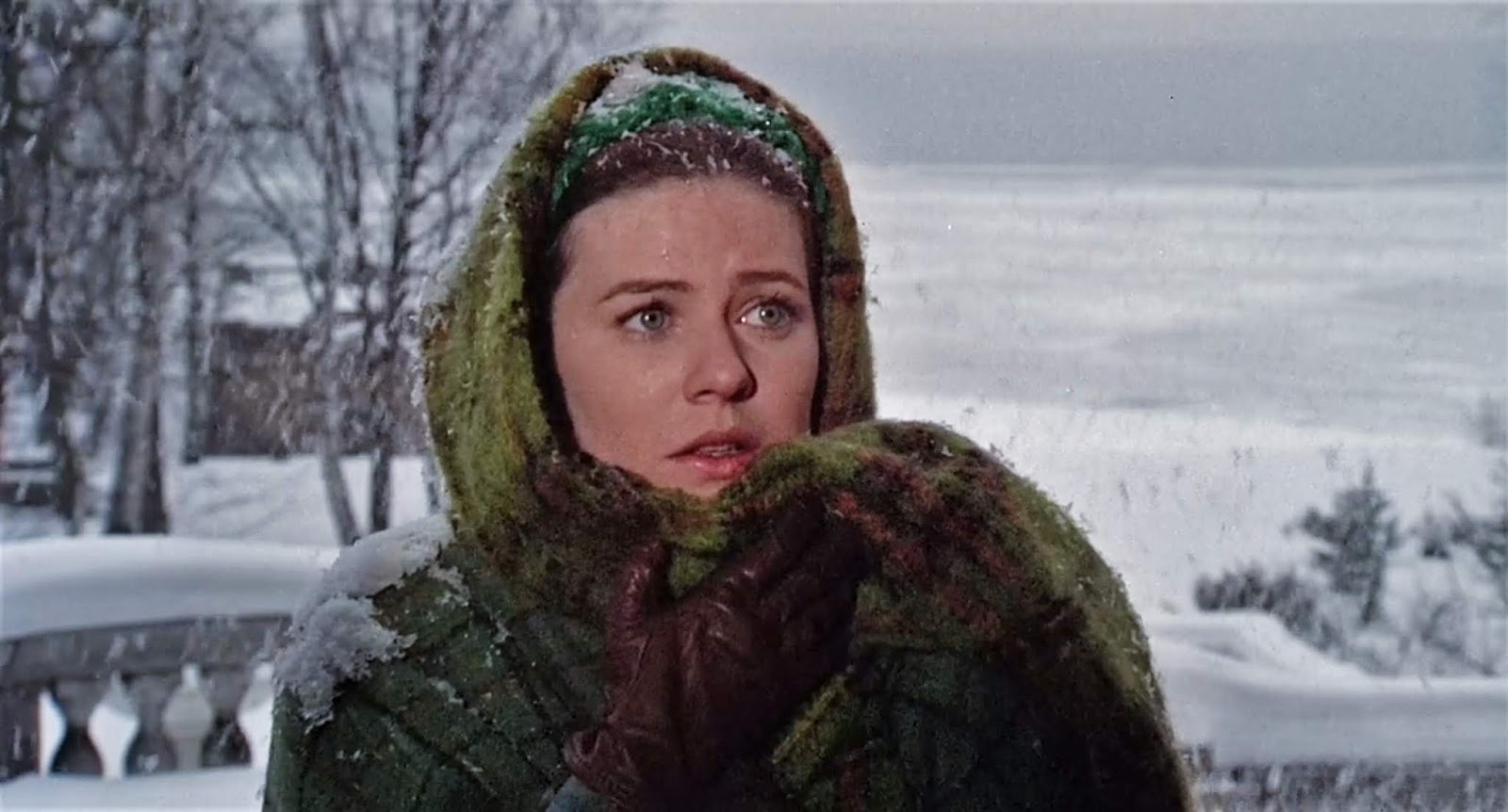
Eye of the Cat (1969)
Penned by Psycho screenwriter Joseph Stefano, the plot seems uneven at times here, but there are twists and a bit more gore than you might expect, in the restored version anyway. Michael Sarrazin and hairdresser Gayle Hunnicutt care for and plot against invalid cat lady Eleanor Parker over another inheritance. Sarrazin’s scared of cats, complicating matters, but the worst fate may be reserved for the conniving Hunnicutt.
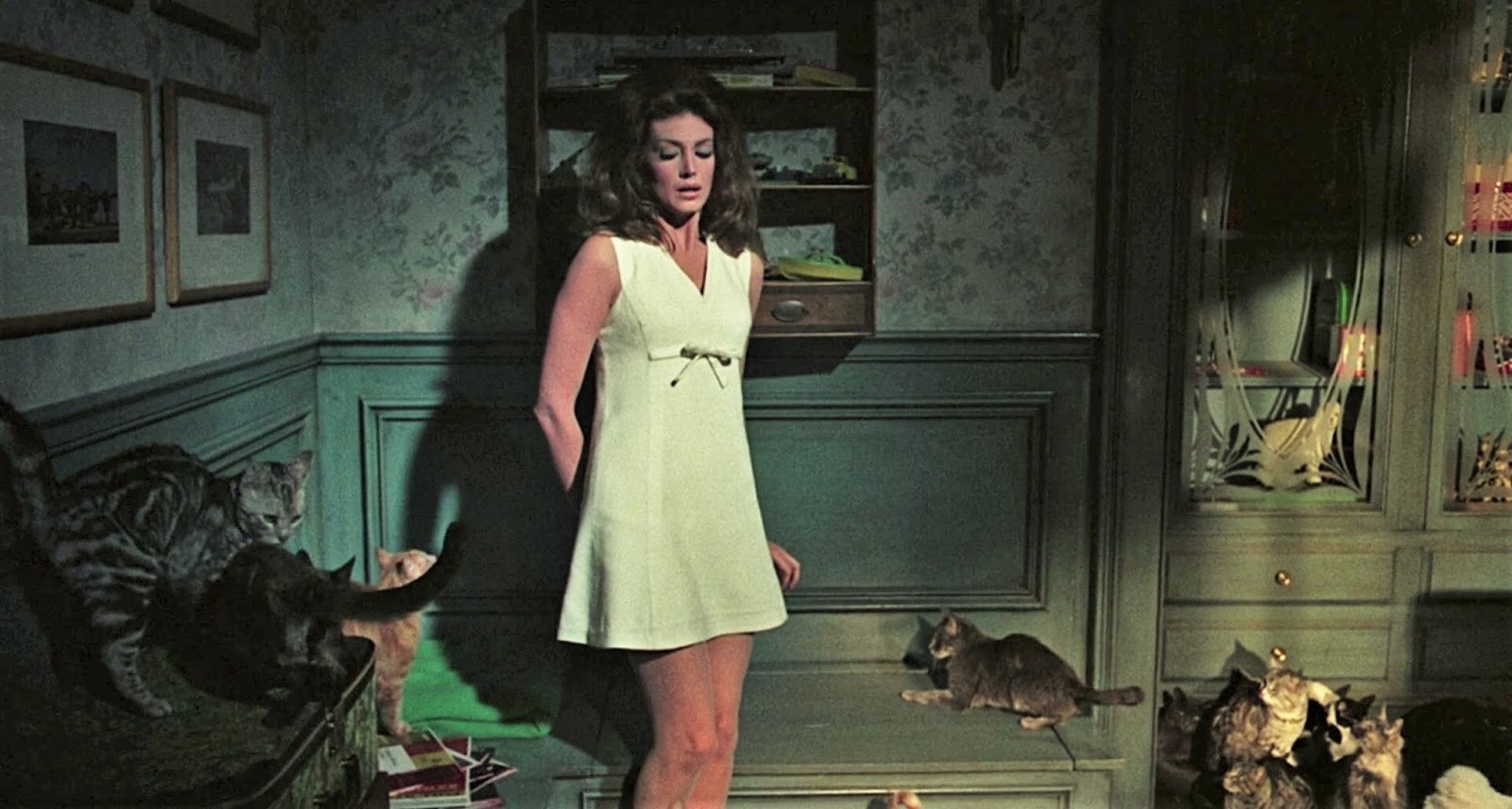
Paranoiac (1963)
A black-and-white Hammer entry, in which we’re offered Oliver Reed in a nasty role. In the wake of Hitchcock’s Psycho, he’s one of the remaining heirs to a fortune left by parents killed in a plane crash. One brother is reported to have committed suicide at the outset. Scheming to have his remaining sister committed, things get complicated for Reed’s character when a look-alike for the deceased brother turns up. Is he real, supernatural, or imagined by the distraught sister? Who’s going to survive. Twists and menace abound.
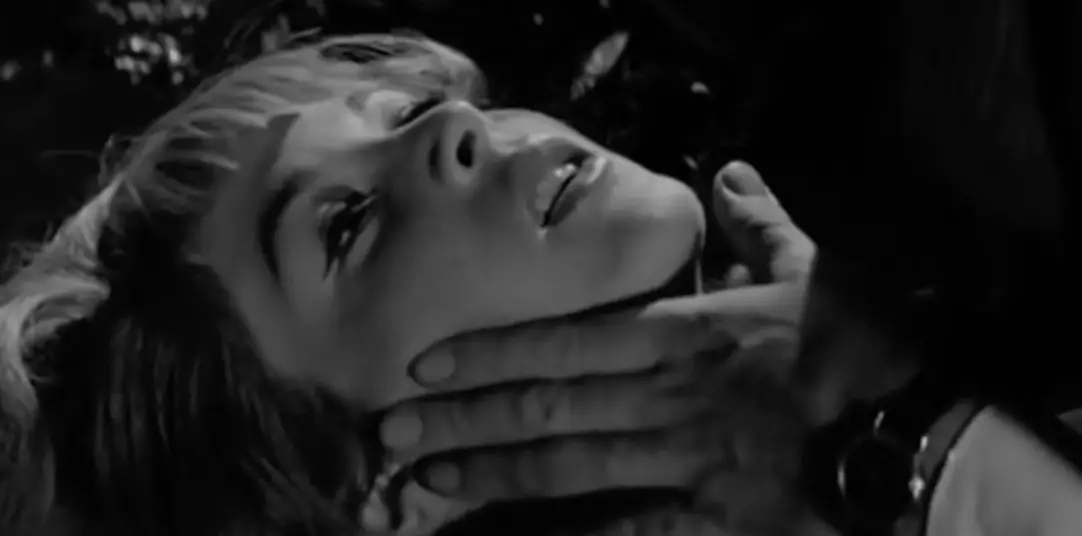
Post Views:
2

